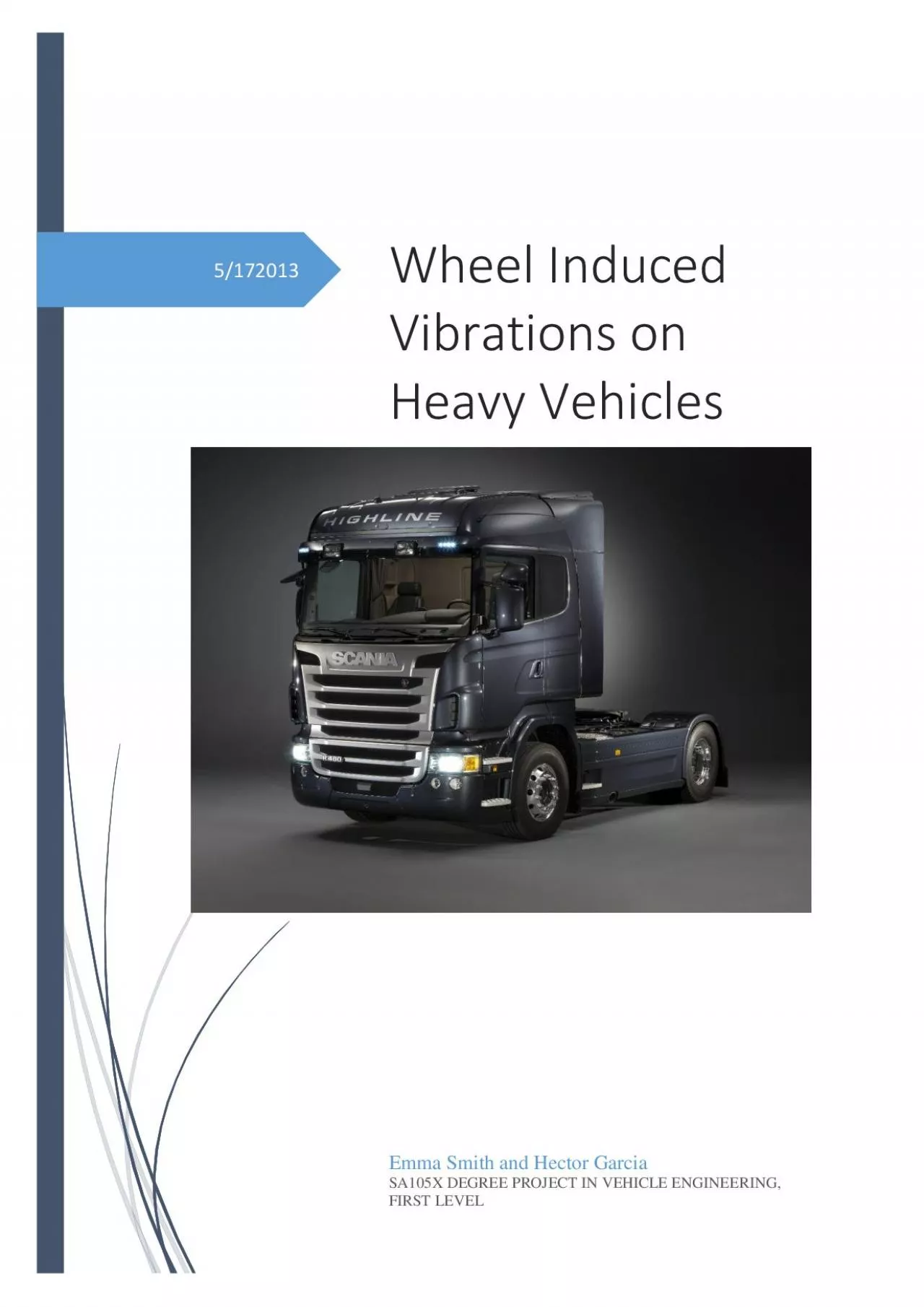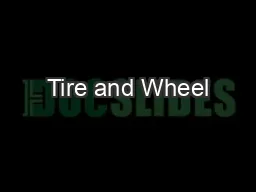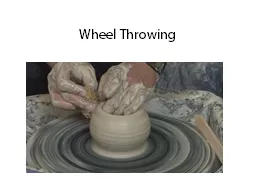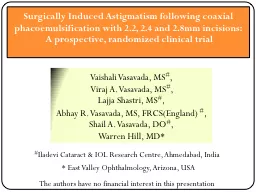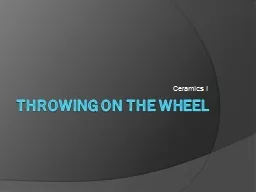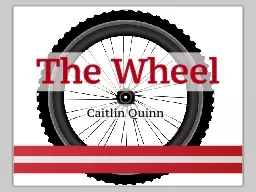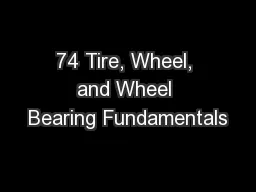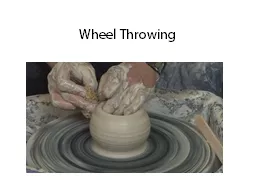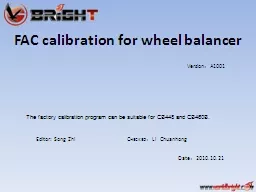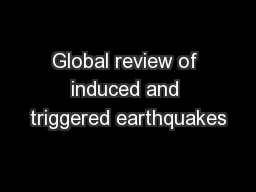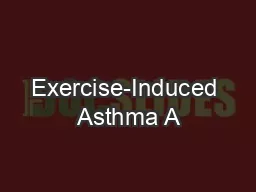PDF-Wheel Induced
Author : carny | Published Date : 2022-09-23
517 2013 V ibrations on Heavy Vehicles Emma Smith and Hector Garcia SA105X DEGREE PROJEC T IN VEHICLE ENGINEE RING FIRST LEVEL Abstract Some of the most significant
Presentation Embed Code
Download Presentation
Download Presentation The PPT/PDF document "Wheel Induced" is the property of its rightful owner. Permission is granted to download and print the materials on this website for personal, non-commercial use only, and to display it on your personal computer provided you do not modify the materials and that you retain all copyright notices contained in the materials. By downloading content from our website, you accept the terms of this agreement.
Wheel Induced: Transcript
Download Rules Of Document
"Wheel Induced"The content belongs to its owner. You may download and print it for personal use, without modification, and keep all copyright notices. By downloading, you agree to these terms.
Related Documents

